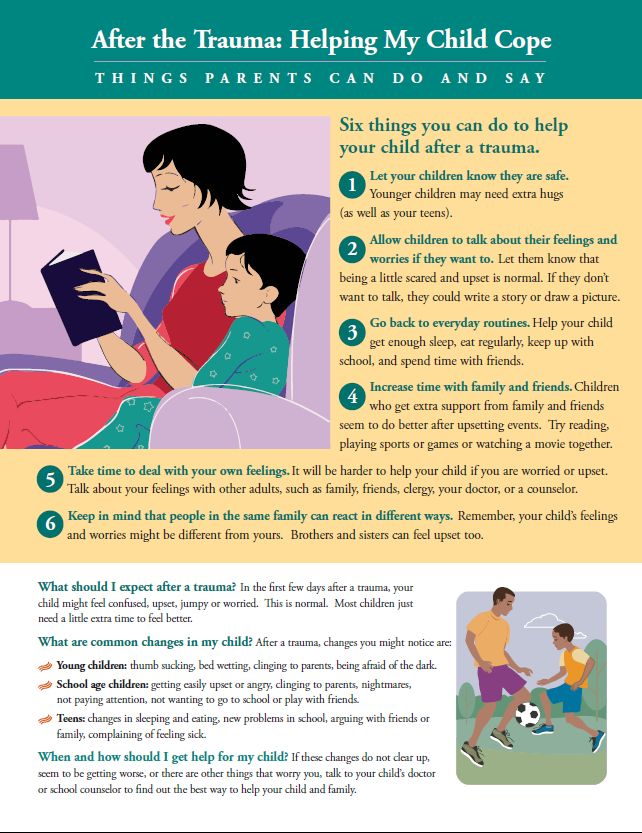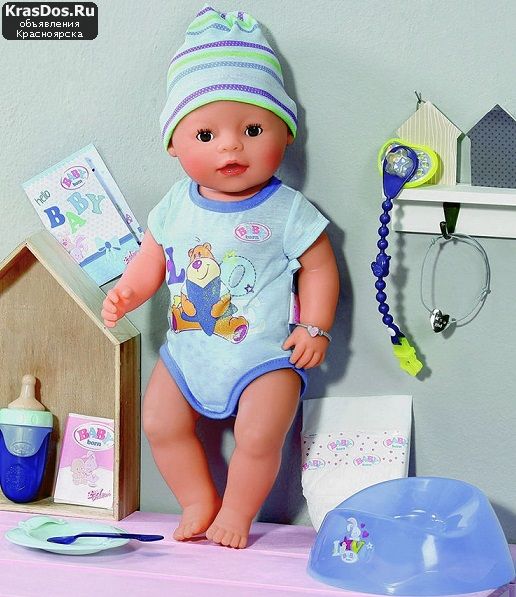How to help your child sleep in their own room
10 Tips And Tricks For Helping Kids Stay In Their Own Bed Every Night
Do you know that feeling when you’re about to put your children to bed and then a cold sweat starts running down your back because you know what’s about to come next? “I want another bedtime story”, “I’m hungry”, “I heard some noises over there”, “Can I sleep in your bed tonight?”, etc... If this sounds familiar to you, you’re possibly struggling with kids staying in their own bed at night. Of course you want to comfort your child and just let them sleep in your bed to get at least a bit of rest, especially if it is already midnight or beyond. But is this beneficial for your child in the long run? It might encourage certain unwanted behavior, that could become a bad habit in future. Below you can find our top 10 tips and tricks for helping kids stay in their own bed every night.
Just in case you want to find sleeping tips for a specific age group, we've got you covered! Check out the blog articles below:
-> Little toddlers aged 1-3 years old
-> Children in the age group of 4-7 years of age
-> Kids between the ages of 8 and 12
Here are our best tips and tricks that apply to all age groups:
1.The keyword here is “Routine”. Ensuring that you have a recurring bedtime routine is essential to bring your child into the right state of mind and let them subconsciously know that it is time to wind down and sleep. Studies have shown that this routine should take about 20-45 minutes to help set the right mood. Limit pre-bed activities to about three or four actions and make sure these are relaxing. Don’t do anything that might stir up their emotions and get them all wiggly again! As soon as you’ve set up a certain pattern that indicates bedtime, you’ll see a change in their behavior. Without even knowing consciously your child’s body and mind will prepare to go to sleep while both of you run the bedtime routine. These subconscious cues and routines will help ready your child to fall asleep in their own bed.
2. Create a safe and comfortable environmentAs banal as this sounds, using soft sheets, good shades and a night light can make a massive difference. Your child needs to feel well in their own room if they are to be encouraged to sleep by themselves. This means that anything that gives your child a comfy physical feeling will benefit their sleep. For example, making sure that it is cool enough can have a big influence because any room temperature above 21.1 degrees Celsius might overheat your child’s body during their sleep according to Whitney Roban, a sleep specialist from America. A restless sleep may result in a child in your room in the wee hours or, an overtired child the next day due to waking in the night. Something as simple as keeping the noise down around bedtime in the rest of the household will also ensure an uninterrupted sleep with no waking up in between.
Your child needs to feel well in their own room if they are to be encouraged to sleep by themselves. This means that anything that gives your child a comfy physical feeling will benefit their sleep. For example, making sure that it is cool enough can have a big influence because any room temperature above 21.1 degrees Celsius might overheat your child’s body during their sleep according to Whitney Roban, a sleep specialist from America. A restless sleep may result in a child in your room in the wee hours or, an overtired child the next day due to waking in the night. Something as simple as keeping the noise down around bedtime in the rest of the household will also ensure an uninterrupted sleep with no waking up in between.
Eliminating the “I’m hungry” excuse is not just important for the hunger of your children but even more so for a smooth and easy falling asleep process. If your kids have satisfying meals at the right time, their sleep can drastically improve. Your children should preferably have their dinner 3 hours before bedtime and then another small snack about 45 minutes before sleeping. Being hungry or too full before going to sleep can give anybody a feeling of being unwell, especially children and their sensitive tummies. Check out some recipes for healthy snacks for children that will make sure you’re giving them the right food when they’re moody.
Your children should preferably have their dinner 3 hours before bedtime and then another small snack about 45 minutes before sleeping. Being hungry or too full before going to sleep can give anybody a feeling of being unwell, especially children and their sensitive tummies. Check out some recipes for healthy snacks for children that will make sure you’re giving them the right food when they’re moody.
To set the natural clock of your child is as important as having a clear bedtime routine. If your child goes to bed at around 6.30 pm and wakes up at around 6 am, try to keep this consistent. Do not vary these times for more than one to two hours every day, to give your child’s body consistency in when it should sleep and when it should wake up. At some point your little one will want to go to bed naturally at a certain time that you set as well as wake up at that certain time. Once these regular waking up and sleeping times are set, you won’t be struggling with kids staying in their own bed as they will fall asleep naturally.
Have you ever seen your child playing, using the computer or doing their homework during the day in their bed? If so, try to discourage them from doing that. Otherwise this will have negative effects subconsciously on their brain, associating the bed with awake/stimulating activities and not just sleeping.
6. Give them an active lifestyleWe all know how our children are full of energy. If this energy is not expelled throughout the day, at night you may find they still have energy to burn. On average, every kid needs about an hour a day of exercise to burn off any excessive energy. If your child has had an active day, you may find it easier to put them to sleep without even needing a bedtime story, nor giving them the chance to ask for a spot in your bed. But be careful to not have any energetic activities within two-three hours before going to bed. This might do the opposite and wake them up or get their adrenaline pumping. A walk around the block after school or before dinner is a great idea. Alternatively check out these 87 energy-busting indoor activities to make sure you’ll give you kids that perfect Zzz!
A walk around the block after school or before dinner is a great idea. Alternatively check out these 87 energy-busting indoor activities to make sure you’ll give you kids that perfect Zzz!
It is scientifically proven that the blue light of electronic screens, wake up the brain of any person, no matter the age. It is no surprise if a child doesn’t want to sleep alone because it is too stimulated and wired up from all of the bright and colourful animations on screens. Make sure that if you use an electronic device for your child before sleeping, to turn on the blue light filter and don’t let them play or watch anything that might stimulate them massively. Especially very engaging mobile video games can have a negative effect on the sleep of children. Rather use an interesting but quiet app that might be implemented in your child’s bedtime routine on a screen with the blue filter switched on before sleeping. Lying in your child's bed with them and listening to an age appropriate sleep meditation app can be a bonding addition to the bedtime routine we spoke about earlier.
Lying in your child's bed with them and listening to an age appropriate sleep meditation app can be a bonding addition to the bedtime routine we spoke about earlier.
If a child doesn’t want to sleep alone, it could potentially be they are needing a little more one on one time with their significant caregivers. Family life is far busier than it was a generation or two ago and often we need to be intentional about slowing down and connecting with our kids. Especially at night, when everyone is home and distractions winding down, you may find is peak time for your kids to try to get some extra attention and time from you, that was not possible throughout the day. Try to find some time when you come home to spend some quality time with your children even if it is just for 15 mins. Ask about their day or give them positive feedback that you noticed about them. If you are caring for a baby, make sure to spend 10 to 15 minutes of cuddling together and making eye contact for comfort.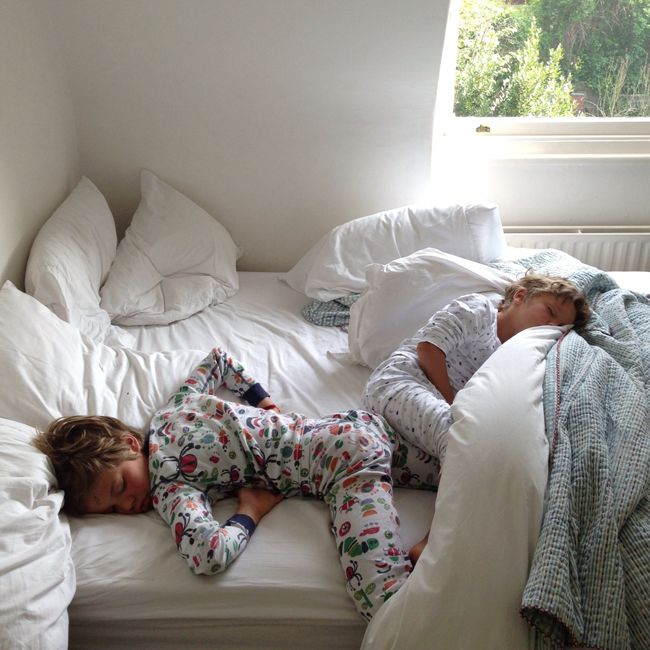
Try and avoid late or long nap times if your child is older than five years. For pre-schoolers, if these short day sleeps are longer than 20 minutes, you risk your kid not being tired enough to go to bed at night. The same problem occurs if the nap times are too late in the day, which means that your loved ones will be too energetic for bed time and won’t be in the right mood to sleep. This results in an even higher chance of children not wanting to sleep alone because they are not tired enough to fall asleep by themselves and might seek you out for comfort and/or company. Check out this super detailed nap guide.
10. Giving them positive reinforcementSetting up a reward system can do wonders. If your children are able to earn a small incentive for positive behavior like adhering to the bedtime routine, it will add fun to the whole process and build great habits and positivity around sleeping. This technique is even more effective if you can visually track their progress and they can see how they go for themselves in real time. That’s where the Thumsters App comes in handy. With the premium version of Thumsters, you and your child can customize the thumbs up and down reasons. 'Staying in my bed', 'Sleeping through' are great thumbs up reasons, or just the generic 'job well done!' Going straight to sleep will earn them a thumb ups that result in small rewards or if not followed, a thumbs down is a gentle reminder (rather than yelling at them to get back into bed) that they are not following the routine you have set up together, and invites them to try again the next night. This shows them that positive behavior, like following the bedtime routine and learning to enjoy sleeping alone, will have positive outcomes. But you can even do much more than that with the the Thumsters premium version; family account sharing, detailed reports and a child’s companion app (coming soon!) give you all the tools to help encourage positive behavior.
This technique is even more effective if you can visually track their progress and they can see how they go for themselves in real time. That’s where the Thumsters App comes in handy. With the premium version of Thumsters, you and your child can customize the thumbs up and down reasons. 'Staying in my bed', 'Sleeping through' are great thumbs up reasons, or just the generic 'job well done!' Going straight to sleep will earn them a thumb ups that result in small rewards or if not followed, a thumbs down is a gentle reminder (rather than yelling at them to get back into bed) that they are not following the routine you have set up together, and invites them to try again the next night. This shows them that positive behavior, like following the bedtime routine and learning to enjoy sleeping alone, will have positive outcomes. But you can even do much more than that with the the Thumsters premium version; family account sharing, detailed reports and a child’s companion app (coming soon!) give you all the tools to help encourage positive behavior.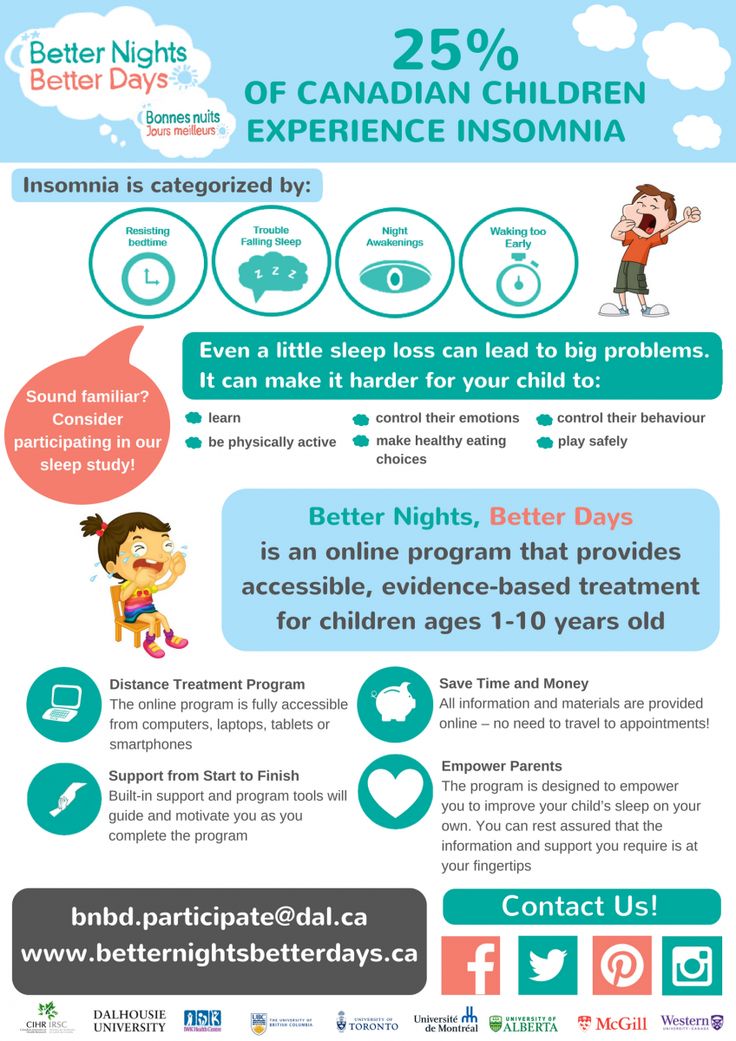
By keeping all of these 10 top tips and tricks for helping kids stay in their own bed in mind, you should have a smoother time putting your kids to bed and letting them sleep alone, safely and peacefully throughout the night. Always make sure to keep monitoring the behavior of your child for anything unusual and have an open ear as to why they may not want to sleep alone or have problems sleeping. Communication is key and helps you build a healthy relationship around bedtime. You can create this healthy relationship with the help of Thumsters. Trigger the right behaviors by involving your children in the process of choosing what a healthy bedtime routine looks like in your family. Does this sound like something you might be interested in?
We'd love to know in the comments some of YOUR tips and tricks for helping your child stay in their bed at night!
How To Get Your Toddler/Young Child To Sleep in Their Own Bed
The main takeaways for this guide take two minutes to read. It contains information from ten sources, including the American Academy of Pediatrics and Zero to Three Foundation. See the full list below.
It contains information from ten sources, including the American Academy of Pediatrics and Zero to Three Foundation. See the full list below.
This guide will be updated again in September 2021. Know something we should add? Email us.
There isn’t an official position on when *toddlers and preschoolers* should be sleeping in their own bed and not with their parents. (The American Academy of Pediatrics is, however, very clear about not co-sleeping with infants.) That means recommendations do vary, but we are boiling down what we saw as most common from ten expert sources, including the American Academy of Pediatrics and the Child Mind Institute.
The Less Than Two Minutes Version: Getting Your Toddler To Sleep In Their Bed
- Most pediatricians and psychologist sources recommended having children sleep in their own bed once they can escape from a crib, in order to…
- Help children develop the skill to calm themselves down when they are alone and not rely on their parents to reduce their anxiety at night.

- Help parents (and kids!) get more regular sleep.
- Help children develop the skill to calm themselves down when they are alone and not rely on their parents to reduce their anxiety at night.
- Less frequent but noted by a few pediatricians and psychologists: Sleep arrangements are about what makes your family happy – if you and your partner aren’t getting sleep because of children interrupting your sleep, it might be time to change. If its working for everyone, then you don’t need to change.
- If you have a child that keeps coming into your bed and you want them to stop, the most common method was “fading.” There are a lot of different variations on this, but the overall process broke down to the steps below. (And we cover lots of different versions here.)
- Tell your kid why — at this stage, having an explanation can help! (And saying you need more sleep or that they need to learn to sleep without you are both good reasons.)
- Start with them going to sleep in their bed and you laying down next to them, or if you can get away with it, in a chair as they fall asleep.

- Try to not pay attention to them as they fall asleep. Leave when they are actually asleep.
- Make any nighttime wake-up as boring and unexciting as possible. Calmly walk them back to their room and put them back in bed.
- Over the next few nights, move from sitting in their room as they fall asleep to the hallway or somewhere further away.
- Even if this has been going on for awhile, several psychologists said parents can change this behavior, but it can take several weeks or longer for some kids.
The Longer Version: This Is Normal + Variations on “Fading”
This is Normal. And Many Sources Say It’s Part of Teaching Your Child Self-Soothing Skills.The Zero to Three Foundation says toddlers getting out of their beds is very normal, as your child is “determined to exercise their newfound freedom and prolong their daytime fun. ” They also point out that it is very common for people of all ages to wake up at night, and because your child’s new bed setup is new and unfamiliar (i.e. a new view or sheets and blankets), they come seeking comfort.
” They also point out that it is very common for people of all ages to wake up at night, and because your child’s new bed setup is new and unfamiliar (i.e. a new view or sheets and blankets), they come seeking comfort.
They also caution that this is a learning curve for both child and parent: Like so many parts of being a parent, this means having to establish new bedtime rules. Their advice is “sensitivity and consistency,” or in other words, letting your child know that you know this is a big change, but adhering to the rule of sleeping in your own bed.
The American Academy of Pediatrics echoes this, saying that toddler’s may have a “heady sense of freedom” after their transition to a bed, but “most children are happy to ‘graduate’ and stay in their beds.” But they also add for a few the transition is more difficult, and the best way to continue is to continue the regular bedtime routine and use the “fading” method (described more below.)
Jamie Howard, a senior clinical psychologist at the Child Mind Institute specializing in anxiety disorders, explains that letting your children habitually sleep in your room can be “inadvertently confirming [their] notion that it’s unsafe to be alone. ” Howard adds that a lot of well-intentioned parents accidentally reinforce anxiety when their kids come to them for reassurance, but its never too late to start teaching your child those skills.
” Howard adds that a lot of well-intentioned parents accidentally reinforce anxiety when their kids come to them for reassurance, but its never too late to start teaching your child those skills.
But Others Say There Is No “Right Way” For Toddlers to Sleep
There were two sources we found that emphasized that there is no “right way” for toddler sleeping. Steven Dickstein, a pediatrician at the Child Mind Institute, wrote that “having a child come into your bed to sleep isn’t, in itself, problematic, but it can certainly be stressful if it’s interfering with sleep (his or yours) or creating conflict in the family.” He said there is “no one ‘right’ way for a child to sleep — except that everyone in the family has to get enough sleep.”
And Doug Teti, a professor of human development at Penn State, found in one study that co-sleeping with toddlers was associated with more stress, especially for mothers. Teti co-slept with his children, and as the New York Times put it, he emphasized “that the research isn’t an indictment against co-sleeping, but does suggest that a number of factors, including cultural pressures and an unsupportive spouse, can make longer-term co-sleeping a more stressful experience for some families.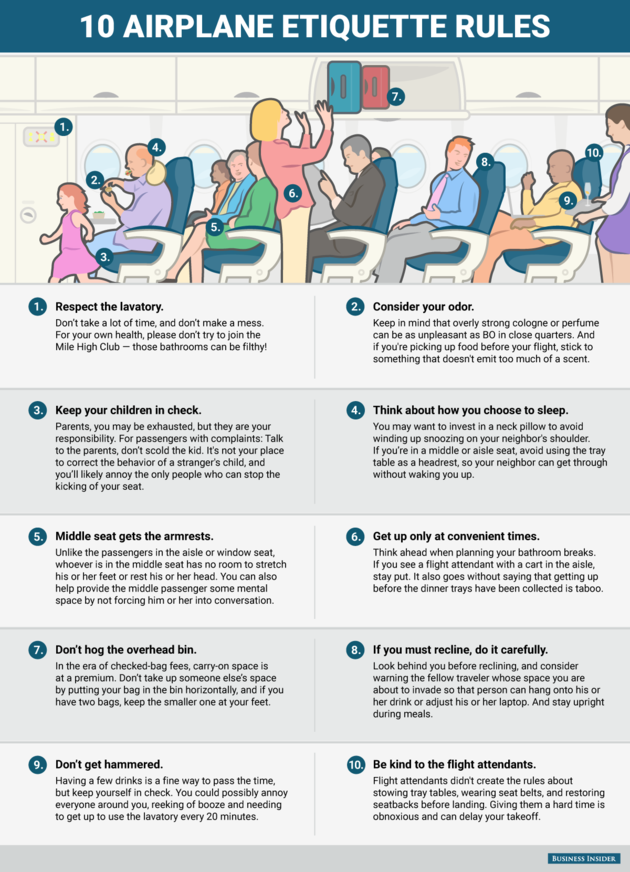 ”
”
There are a lot of variations on exactly how to do this. Below we’ve rounded up a few of the best explanations we saw.
Psychologist Lynelle Schneeberg breaks down the process for especially persistent co-sleepers into essentially four steps:
- Have a temporary bed/sleeping bag in your child’s room (or sleep in their bed) so they learn that it is normal and safe to wake up in their own room in the morning.
- After some time, transition to a chair as they fall asleep, and move to your own room after that. If that results in many nighttime wake-ups, go back to step one to avoid losing a lot of sleep yourself.
- If they wake up in the middle of the night, walk them back to their room, tuck them in, but make it as un-exciting as possible. No stories, snacks, or anything else that will teach your child that this is a time where they can have something fun happen.
- If you have tried all of the above for some time and your child is extra persistent about wanting to come in your room, build them a “nest” in your own room, i.
 e. a space that is designated for them to sleep in at night that is not your bed. She suggests having a rule that they go in and sleep in that spot quietly without waking you up.
e. a space that is designated for them to sleep in at night that is not your bed. She suggests having a rule that they go in and sleep in that spot quietly without waking you up.
Schneeberg also emphasizes that once your child is able to fall asleep without you being there, it will be far easier to get them to sleep in their own room through the night.
The American Academy of Pediatrics recommends a similar approach, which is basically to calmly and quietly walk your child back to their bed if they wake up and come find you. They also emphasize making this a brief, not-exciting interaction, and to be prepared to have to repeat these steps (and note that as many as 20 “farewell appearances” in one night at the beginning of the new bed transition isn’t unusual.) And they also caution against making anything about leaving their bed seem like a reward (and that includes negative attention.)
Steven Dickstein at the Child Mind Institute explains his typical recommendations this way:
- It is normal for children to wake up in the middle of the night.
 For them to stay in their room through the night, they have to be able to fall asleep on their own.
For them to stay in their room through the night, they have to be able to fall asleep on their own. - If your child is relying on you being there to fall asleep, withdraw gradually before they actually fall asleep.
- You can do that by moving a little further away each night, for example from their bed to a chair in the room to down the hall.
And also from the Child Mind Institute, psychologist Jamie Howard recommends this process below for fading. In particularly tough cases, she says it can take months to work:
- If your child is old enough to articulate why they are coming to you at night, ask them. It can help clarify exactly what might be making them anxious at night. She emphasizes that it’s important not to shame your child for their fears.
- At night, start with your child in their bed and you sitting in a chair until they fall asleep.
- Once your child is able to fall asleep that way, start moving the chair further and further away until you are outside the bedroom with the door open.

- If your child gets into bed with you at any point, get up and calmly walk them back to their room.
- Your child sleeping in their own bed needs to be regularly enforced, because “letting [them] backtrack really mars the progress [they are] making.”
Sources
AAP Supports Childhood Sleep Guidelines – HealthyChildren.org
Big Kid Beds: When to Make the Switch – HealthyChildren.org
How do I get my son to sleep in his own bed? | Child Mind Institute
How Should I Deal With My Child’s Night Wakings? | Psychology Today
My Child Won’t Stay In Her Bed • ZERO TO THREE
Our 6-year-old son falls asleep with relative ease but has a difficult time staying in bed. What can we do? | Child Mind Institute
Our 6-year-old son falls asleep with relative ease but has a difficult time staying in bed. What can we do? | Child Mind Institute
Smart Solutions for Safe and Sound Sleep – YouTube
The Impact of Chronic Co-Sleeping With an Older Child | Psychology Today
When Kids Are in the Bed: The Ups and Downs of Co-Sleeping – The New York Times (nytimes. com)
com)
He does not want to fall asleep in his room
Your baby has already grown up - the time for co-sleeping with him has passed. But the child does not want to sleep alone. What is it connected with? How to teach him?
Why does a child “separate”
There is nothing strange in the fact that a baby sleeps next to its mother — it is convenient and at the same time meets the basic need of a newborn: to feel close to his adult, a source of vital care. In the first year and a half of life, psychologists say, attachment is formed between mother and child - and sleeping side by side at night helps to strengthen this bond. nine0005
Later, when the baby is already running on his own and starts talking, when the mother has finished breastfeeding, you can start the “separation”. In most cases, one of the parents is always next to a small child - if he also sleeps with them in the same bed, then this will become a source of various problems in the future. For example, if a father goes to sleep in another room, giving up a place next to his mother to his son or daughter, then a crisis may begin in a married couple.
For example, if a father goes to sleep in another room, giving up a place next to his mother to his son or daughter, then a crisis may begin in a married couple.
By agreeing over and over again to let your child sleep with you, you unconsciously deprive him of the opportunity to grow up: to independently seek a way out of a difficult situation, overcome fears, learn to create a cozy and comfortable space for yourself. nine0005
In addition, staying in the parent's bed, the preschooler decides when they should lie down, how and where they should sleep, in his opinion. So he begins to control his own parents, breaking the family hierarchy.
Why doesn't he want to sleep alone?
It happens that parents decide that the child should sleep separately, but everything goes wrong. Putting to bed turns out to be a painful procedure, a difficult task, because the baby wants to sleep with his parents and does not listen to any persuasion that it is time for him to sleep in his room. Why it happens? nine0005
Why it happens? nine0005
Such a commitment to the parent's bedroom is in children who lack the feeling of security in their crib, psychologists say. Then you need to figure out where children's fears come from.
In some cases, the parents, especially the mother, themselves unconsciously resist the separation of the child. They project onto him their own insecurity, anxieties, the need to feel the warmth and closeness of a loved one. It is important for adults to find another way to calm down, not to use the child as a consolation in their own difficulties. nine0005
Sometimes the fact is that the child lacks contact with mom and dad during the day - and sleeping together at night becomes a way to be with them. Try to spend more time with your child during the day and in the evening so that he has time to get enough of communication.
With this in mind, don't reverse your decision to "separate" your son or daughter for a night's sleep. It is good if parents act together, supporting each other in the determination to complete what they started, no matter how difficult it may be. This may take some time - from several weeks to a year. nine0005
This may take some time - from several weeks to a year. nine0005
How to teach your baby to sleep in his own crib
Take it step by step
Start separating the baby into a separate room not immediately, not abruptly, but rehearse. One or two times a week, when he sleeps alone, will be enough. Watch his reaction - and you will see how ready the child is for independent sleep. Gradually increase the number of nights you spend alone. Another way is to agree with the child in advance that in a week he will start sleeping in his room.
Come up with a ritual
To form a habit, you can come up with pleasant rituals before going to bed: brush your teeth, change into pajamas, turn on the nightlight, say “good night”, listen to a story read by mom or dad.
Psychologists advise children to read fairy tales in which there is a hero sleeping alone. You can sew or buy a toy for your baby that he wants to take with him to bed. Some children are so attached to their parents that it is worth giving them at first a parental pillow or a blanket with which their mother hides, so that they can smell a familiar smell nearby at night. nine0005
nine0005
Be firm and consistent
If your child is almost used to falling asleep alone, but suddenly sometimes appears on the threshold of the parent's bedroom and asks to sleep with you, be firm. In this case, experts recommend gently taking the baby by the hand and taking it to the nursery. You can stand near the door to his room for several minutes, waiting until he falls asleep.
The child, appearing in your bedroom at night, checks to see if the decision of the parents has changed - what if? This can be repeated more than once or twice, until the baby finally gets used to sleeping in his room. nine0005
Reward and don't punish
Never threaten a child to sleep alone if they are at fault. They will feel that sleeping in their own bed is a punishment. When the baby finally learns to sleep alone in his room, it is worth encouraging him. You can cook something delicious for breakfast or bring a treat to bed. This will be an additional incentive for the formation of a new habit. And you can also tell the child how brave and courageous he is: falling asleep, he will be proud of himself. nine0005
And you can also tell the child how brave and courageous he is: falling asleep, he will be proud of himself. nine0005
Sources:
online publication "Mel"
Journal and website PSYCHOLOGies
Online publication on the upbringing of Kveller
Site for parents of the writer and blogger Nina Garcia
How to persuade the child to sleep one
one of the first questions that parents are looking for an answer to even before the baby is born - “where will our baby sleep?”.
Sleeping in the same room with parents up to at least 6 months is much more comfortable and safer: you can hear and quickly react if the baby is crying, spitting up or if he has breathing problems. There are several studies confirming that sleeping in the same room as a baby reduces risk of Sudden Infant Death Syndrome (SIDS) by 50%!
Most newborns sleep in the same room as their parents. It is natural and very convenient to be close to the child, to respond to his needs, to take care of him. Such closeness gives confidence not only to parents, but also to the baby: "my adult is always there and with me." But the kids are growing. Circumstances are changing. And parents are faced with the question of transferring the baby to their room.
Such closeness gives confidence not only to parents, but also to the baby: "my adult is always there and with me." But the kids are growing. Circumstances are changing. And parents are faced with the question of transferring the baby to their room.
When and how to take the baby to sleep in his room? We have prepared some tips for you to help you get through this stage. nine0005
1. Is the child ready to sleep in his own room? Is mom ready?
How can you tell if a baby is ready to sleep in his room? Ask yourself the following questions:
- Is your baby over 6 months old?
- Does the baby know how to fall asleep on his own ?
- Can a baby sleep 5-6 hours at night without waking up?
- Has the child become a little more independent and can spend 10 minutes or more in a room alone? nine0005
- Are night feedings at a certain time?
- Do we disturb each other's sleep when we sleep in the same room?
If you answered yes to most of the questions, then you should start preparing for the transfer of the baby to your room! It is worth noting that transferring a child to a separate room is stressful for both the baby and the parents, especially the mother.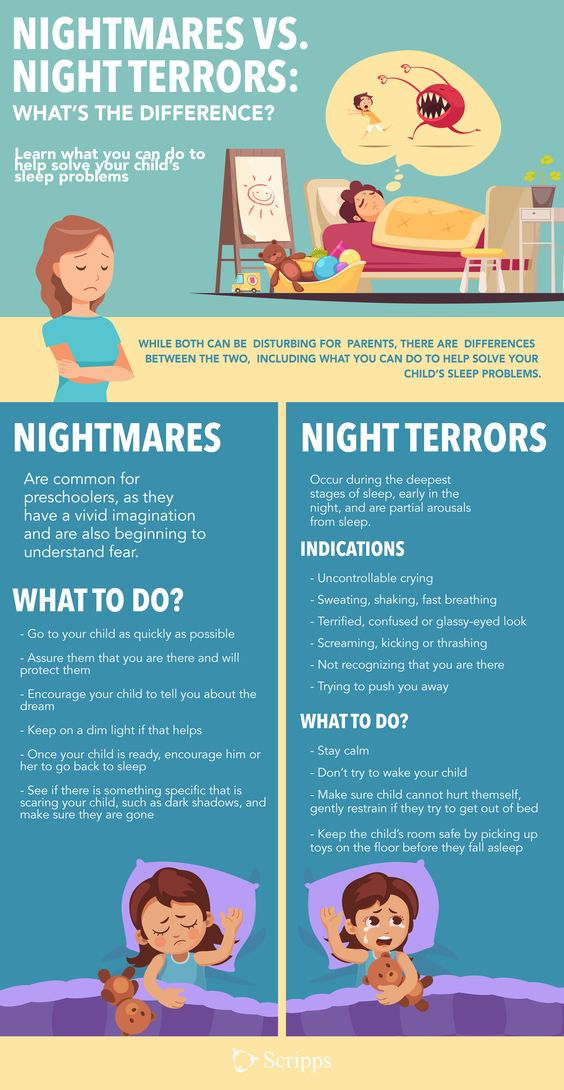 Therefore, the mutual readiness of both sides is necessary.
Therefore, the mutual readiness of both sides is necessary.
2. When should you not take your child to your room? nine0031
In order not to increase stress or provoke sleep problems, do not rush to transfer the child to your room when: skill (for example, began to walk or talk)
- Baby lost his routine
- The baby suffered stress (for example, moving)
- Parents, especially mother, are tired or feel bad
3. How to prepare the room?
Before transferring the baby to a separate room, prepare it for the baby. Think over everything you need, try to make it comfortable, cozy and, most importantly, safe in the room. "Populate" his room with familiar toys, familiar things. Spend some time there together when the baby is awake. So the baby will be easier to accept the move.
If older children are already living in the room, they must be prepared for the younger one to move in. Brothers and sisters may be sensitive to change. Be prepared for this, treat with understanding and discuss the situation with the elders in advance. nine0005
Be prepared for this, treat with understanding and discuss the situation with the elders in advance. nine0005
4. How do you prepare your child to go to their room for sleep?
This stage of the child's preparation must be approached with great responsibility! Help your baby deal with anxiety and make the transition gradual:
- Talk to your baby about change! Even if the baby is very small, you need to talk with him about the upcoming changes.
- Show your baby a new room and a new crib. Spend time with him in a new room, play. Choose new bedding together. Decorate the room together! nine0005
- Do not change bedtime ritual . Even if the place of sleep has changed, the ritual of preparing for sleep should remain unchanged. If you were reading a book to your baby before going to bed, lying in an embrace, continue to do so. Children love consistency, the repetitive and constant actions of their parents give them a sense of security!
5.
 If the family is expecting another child
If the family is expecting another child If you are expecting a new addition to the family, try to move the baby to his bedroom before the newborn arrives. Otherwise, it will be a huge stress for the baby and can provoke jealousy! nine0005
6. What if the baby comes to the parents' bed?
Prepare for your baby to come to bed at night or in the early morning. You need:
- Speak the rules of behavior in an adult bed: "The baby sleeps all night in his crib"
- develop a motivation system : write down the rules and reward the baby with sticker marks for each exemplary night, and at the end of the week , when collecting all the stickers, give a small gift from Fairy Sleep
- Always respond in the same way to the arrival of the baby in your bed. Gently, but persistently, take the baby by the hand to your crib. You will most likely need to do this several times a night.
- Be patient! The child will start sleeping in his bed as soon as he realizes that the parents will not deviate from the rules.